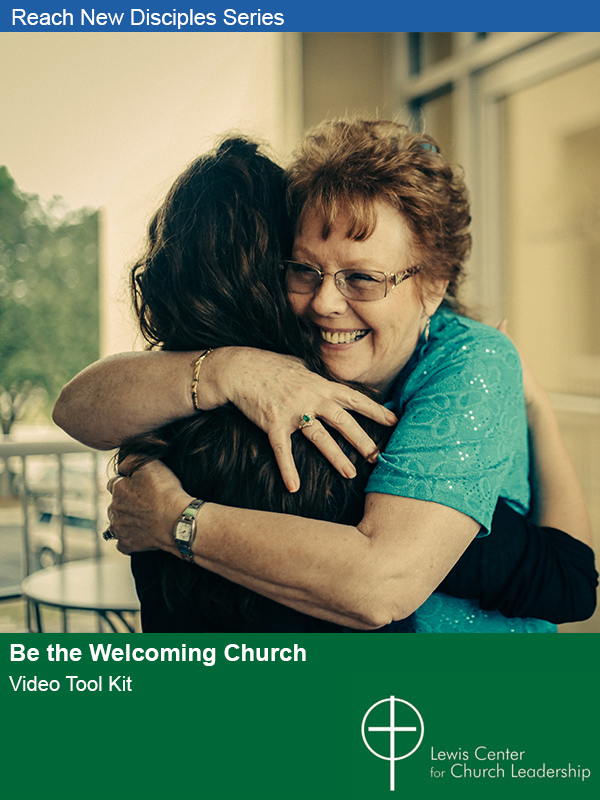Traditionally, worship has been regarded as the primary venue through which individuals enter the life of a congregation. In The Inviting Church (Alban, 1987, 74-75), Roy Oswald and Speed Leas linked new-member assimilation with spiritual growth. They named six levels of incorporation into the spiritual life of the church that progressed in this order: joining, belonging, participating, searching, journeying inward, and journeying outward. Oswald and Leas were careful to explain that individuals might not progress through the six stages in linear fashion. In fact, they argued that the first three steps may be disassociated from the last three. But they nevertheless assumed that people begin their engagement with the church through worship and then move through deeper levels of involvement from there.
Every ministry of the church needs to have its own method for drawing people more deeply into the life of the congregation.
A lot has changed in congregational and mainstream culture since Oswald and Leas wrote about assimilation. People have shifted the way that they integrate into congregations. Joining is rarely the first step and may not even enter into the equation. Some would argue that the first three steps today are actually a reversal of the process described above, particularly among the millennial generation. People’s involvement is more likely to follow this path: participating, belonging, and then joining.
Some new arrivals at the church begin by participating in the outreach or service opportunities the congregation sponsors. They move from participation into a quest for deeper belonging, where they test out small group involvement or worship, and finally they move toward joining, taking orientation and membership classes much later in their church experience.
This reversal in assimilation patterns is particularly evident in the large church. While many continue to treat weekend worship as the center of church life, others do not. The large church offers so many programming options that Sunday morning worship is no longer the only feeder system. People who are attached to the church school, a fine arts program, or a recovery program or support group may not be particularly drawn to weekend worship. They may not be formal members of the church, but they often describe the church as their own.
This phenomenon introduces a number of interesting challenges into the congregation’s acculturation process. In the 1980s, our best guess for how to assimilate new members centered almost entirely on Sunday morning worship. We obsessed over the availability of parking and the training of our greeters, ushers, and welcome-table hosts. We tracked participation in worship services and mailed a carefully conceived series of follow-up letters that drew people ever more deeply into the life of the congregation.
For many newcomers, worship remains the primary entry point, and so all those things we worried about back in the ’80s are still relevant. However, if people are not regularly attending Sunday worship, then we need to have integration systems in place that will gather in those who are participating less traditionally. Every ministry of the church needs to have its own method for drawing people more deeply into the life of the congregation. Critical incidents or trigger points need to be identified for flagging people who are expressing an interest in the life of the congregation outside of worship.
This article is adapted from Susan Beaumont’s book Inside the Large Congregation, with permission from the Alban Institute. Copyright © 2011 by The Alban Institute, Inc. Herndon, VA. All rights reserved. For more information, visit: https://www.alban.org/insidethelargecongregation.aspx. This book is also available from Amazon and Cokesbury.
Related Resources:







